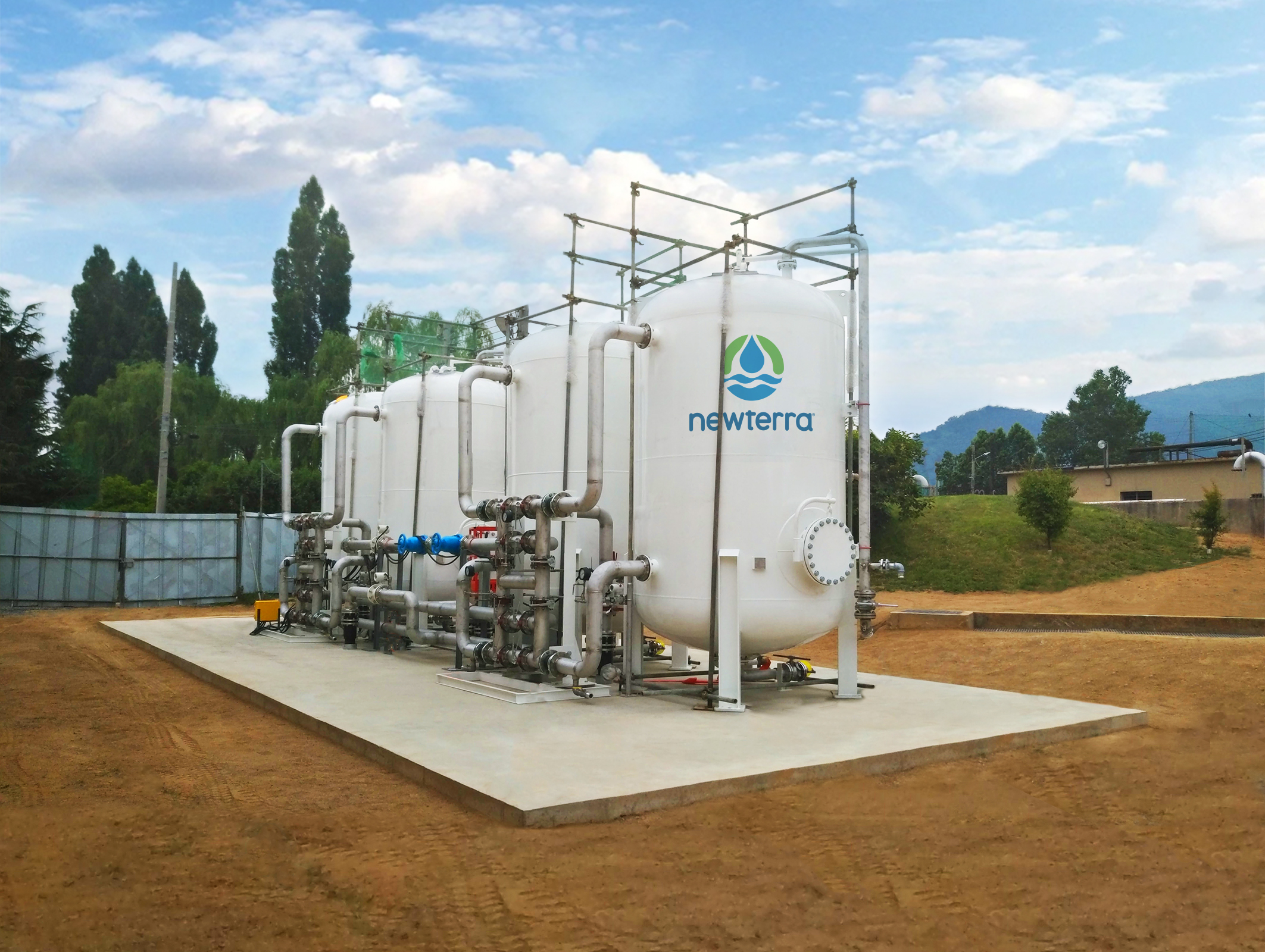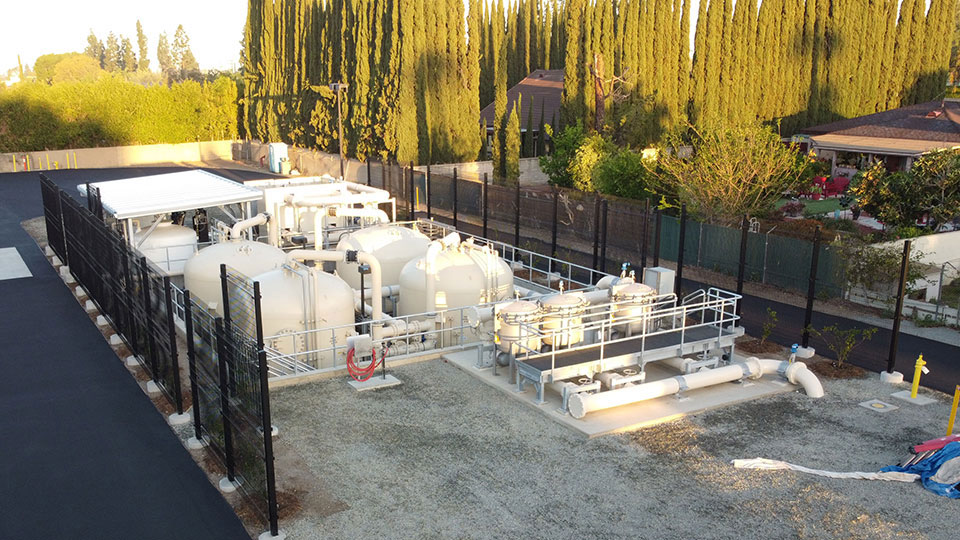Innovative PFAS Treatment Solutions for Safer Water
The enhancing prevalence of PFAS contamination in water products requires an important evaluation of innovative therapy solutions. Advanced filtration innovations and unique chemical treatments present appealing avenues for decreasing these relentless toxins. Additionally, emerging bioremediation techniques provide an even more sustainable method to taking on PFAS challenges. As regulative structures remain to adapt, comprehending the effectiveness and scalability of these remedies becomes critical. What effects do these developments hold for public health and wellness and ecological repair, and exactly how can stakeholders properly execute them in diverse contexts?
Summary of PFAS Contamination
PFAS contamination has emerged as a considerable environmental and public health worry. Per- and polyfluoroalkyl substances (PFAS) are a team of synthetic chemicals known for their persistence in the setting and human body, leading them to be generally described as "forever chemicals." These substances have been widely used in numerous markets, including firefighting foams, water-repellent textiles, and food product packaging, mainly because of their water- and grease-resistant residential properties.
The prevalent usage of PFAS has actually led to their discovery in dirt, water supplies, and even in the blood of people and animals. Researches have actually linked PFAS direct exposure to countless health problems, consisting of developmental results in infants, immune system dysfunction, and various forms of cancer cells. Furthermore, the ecological determination of these substances complicates their degradation and elimination, increasing issues concerning long-lasting ecological influences.
Regulatory bodies are progressively applying rigorous guidelines to keep an eye on and reduce PFAS degrees in alcohol consumption water and various other environmental tools. As recognition of PFAS contamination grows, it has actually come to be crucial for communities and sectors to seek reliable treatment remedies to reduce direct exposure and safeguard public health.
Advanced Purification Technologies
As the seriousness to attend to PFAS contamination escalates, progressed filtering innovations have actually arised as an essential component in the remediation initiatives intended at removing these relentless chemicals from water sources. These technologies take advantage of sophisticated devices to properly target and capture PFAS compounds, which are infamously resistant to conventional therapy methods.
Among one of the most encouraging techniques is making use of granular turned on carbon (GAC), which adsorbs PFAS particles because of its high surface location and porous framework. This approach has actually been commonly carried out in both metropolitan and commercial settings, showing considerable reductions in PFAS focus. In addition, ion exchange resins have actually acquired traction, specifically developed to selectively bind PFAS ions from water, thus facilitating their removal.
Membrane layer filtration modern technologies, such as reverse osmosis and nanofiltration, also reveal efficacy in PFAS elimination by physically separating contaminants from water - pfas management. These systems can achieve high degrees of pureness, making them appropriate for alcohol consumption water applications
Chemical Therapy Developments
Numerous chemical treatment developments are being explored to efficiently deal with PFAS contamination in water supplies. One appealing approach entails the usage of innovative oxidation procedures (AOPs), which utilize powerful oxidants such as ozone, hydrogen peroxide, or chlorine dioxide incorporated with UV light to damage down PFAS compounds right into less harmful compounds. This method has demonstrated efficacy in laboratory settings, revealing prospective for scalability in real-world applications.
One more innovative approach is the growth of ion-exchange materials specifically created to target PFAS. These resins can selectively adsorb PFAS substances from water, permitting for their elimination throughout therapy processes. Recent developments have enhanced the effectiveness and capability of these resins, making them a favorable choice for water treatment centers.
Furthermore, researchers are examining the use of chemical representatives like persulfate and ferrous ions to enhance the destruction of PFAS in contaminated water. These agents can cause chain reaction that help with the breakdown of consistent PFAS compounds.
Arising Bioremediation Methods
Recent developments in chemical treatment innovations have actually paved the method for exploring bioremediation methods as a sensible choice for resolving PFAS contamination. Bioremediation takes imp source advantage of the all-natural metabolic processes of microbes to weaken or transform contaminants, making it an enticing strategy for taking on relentless contaminants like PFAS.
Arising techniques in bioremediation consist of the use of genetically crafted m270 pfas treatment microbes that can specifically target and damage down PFAS compounds. These microbial stress are being established for their improved deterioration capabilities, raising the efficiency of the remediation process. In addition, researchers are exploring the capacity of plant-assisted bioremediation, where specific plant types may uptake and withdraw PFAS from infected soil and water.
One more promising strategy is the application of bioaugmentation, which involves presenting beneficial bacteria right into infected settings to increase the deterioration of PFAS. This method can facilitate faster removal timelines and enhance overall performance.

Regulative Frameworks and Criteria
A detailed governing framework is essential for successfully handling PFAS contamination and making sure public health and wellness security. The enhancing recognition of per- and polyfluoroalkyl compounds (PFAS) as toxic wastes has actually motivated various federal and state agencies to establish requirements that regulate their existence in water supplies. The U.S. Environmental Protection Agency (EPA) has actually established health advisories and is working toward establishing enforceable limitations for PFAS in drinking water.
State-level policies differ considerably, with some states adopting more stringent standards than those recommended by the EPA. These regulations often consist of right here maximum contaminant degrees (MCLs) for particular PFAS compounds, surveillance needs, and reporting obligations for water utilities. In addition, arising frameworks concentrate on the remediation of infected sites, emphasizing the demand for reliable treatment innovations.

Final Thought
Finally, the development and execution of cutting-edge PFAS therapy solutions are crucial for resolving the prevalent problem of water contamination. Advanced filtration modern technologies, chemical treatments, and arising bioremediation techniques jointly provide a multifaceted approach to successfully minimize and deteriorate PFAS degrees. As governing structures continue to develop, integrating these innovations will be vital to secure public wellness and restore the stability of infected water resources, eventually contributing to a cleaner and more secure environment.